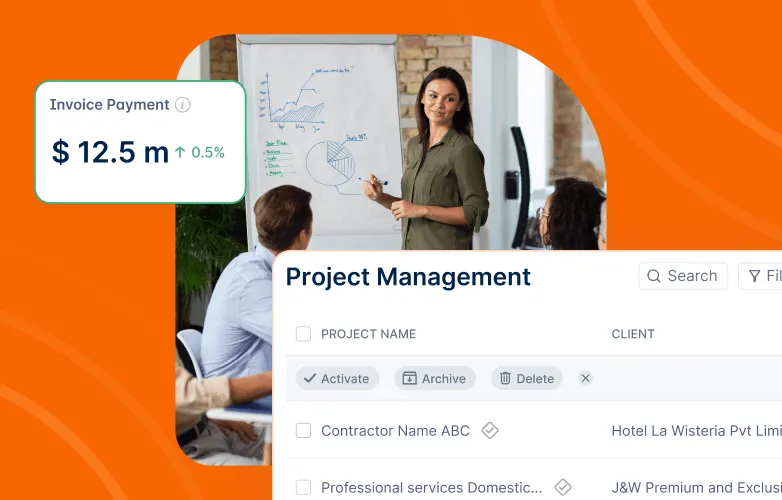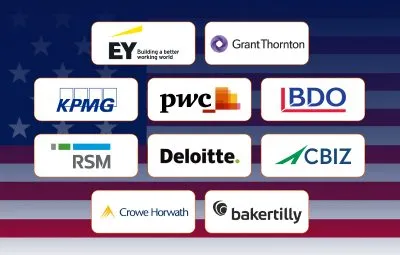Every entrepreneurial venture starts with a good idea, evolves to a bunch of amazing ideas, and with any luck, ends up as a successful business.
But how do you move from that first idea to your final success?
Here are 10 steps to move your dreams into reality:
1. Define the Difference
You need to be clear about how your product is unlike other competitors.Suppose your dream involves a new type of social media that lets you create online collections of visuals that people can share. Are you talking about Pinterest? Slideshare? Instagram? You need to set yourself apart. If your idea is not clearly defined, people may have a “been there, done that” view of it.
2. Look for the Problem-Need-Want your Idea Solves
Will it shorten the time it takes to do something? Does it make it easier to find something? Can it make something more exciting or more functional? If your product or service doesn’t address an identifiable problem, need or want, why would anyone spend money on it?
3. Use Clear, Strong Words
This is not the time to say, “It’s kinda like this….” Find the exact right words and avoid jargon. Instead, focus on a description that can fire the imagination. If you can’t get people excited about your idea, it’s not going to go anywhere beyond your head.
4. Do your Homework
Are you the first with this idea, or will you have competition? Research online, visit conferences in your industry, talk to experts and search for mentors. Do your due diligence now. You don’t want to discover that someone else got there first after you invest valuable time and money.
5. Do your Homework Again
Even if no one else has your idea, someone may have another plan to solve the same issue your idea addresses. Look at any tangential businesses that may usurp your potential customer. You can do this determining and analyzing your competition. Think of this to help you: What might people spend their money or time on instead of your product or service?
6. Define your Customer Base
If you say “everyone,” you’re just being lazy and you’re kidding yourself. Who are your product or service’s early adopters? Will people choose your idea over something they already spend time and money on, or will they decide this is a brand new way to spend time and money? Which people will really, really want what you have to offer, and who will have to be educated or talked into it?
7. Determine your Resource Requirements
What exactly do you need to get started? Can you build it in your basement using standard tools and materials? Does everything depend on a website that distributes the service? Can you handle the startup alone or do you need a team? And if so, a team that includes who? How much money do you need to get your idea off the ground? This is not a fast process. Expect to spend a fair amount of time on research, checking with suppliers, and talking with industry experts and specialists.
8. Build a Prototype
Yes, this is critical with a product, but just as important if you’re offering a service. If you’re creating a service, your prototype can be a process map that details customer contact points and what has to happen internally to meet customer needs. A physical prototype should be working and include a clear understanding of function, reliability and production requirements. If you can’t actually build a real prototype at least have computer-aided designs with detailed specs.
9. Do the Math
No plan is complete without a thorough financial analysis. This includes a realistic and convincing revenue projection and accompanying costs. You should be able to detail the estimated break-even point and future profits. If you need help on this part, get it. A bush-league financial statement can kill even the greatest idea.
10. Write Your Plan
I’m not talking about the pitch you give potential money people — I mean your internal plan for taking your dreams all the way to the finish line. You need to have this in place for yourself, so that when you wake up tomorrow you know what to do. It will keep changing, and that’s okay. In fact, it’s important to maintain flexibility in your plan.
When you take the leap with your big vision, you’ll either bounce, crash or fly. But one thing’s for sure, you’ll never find out if you don’t take action.














